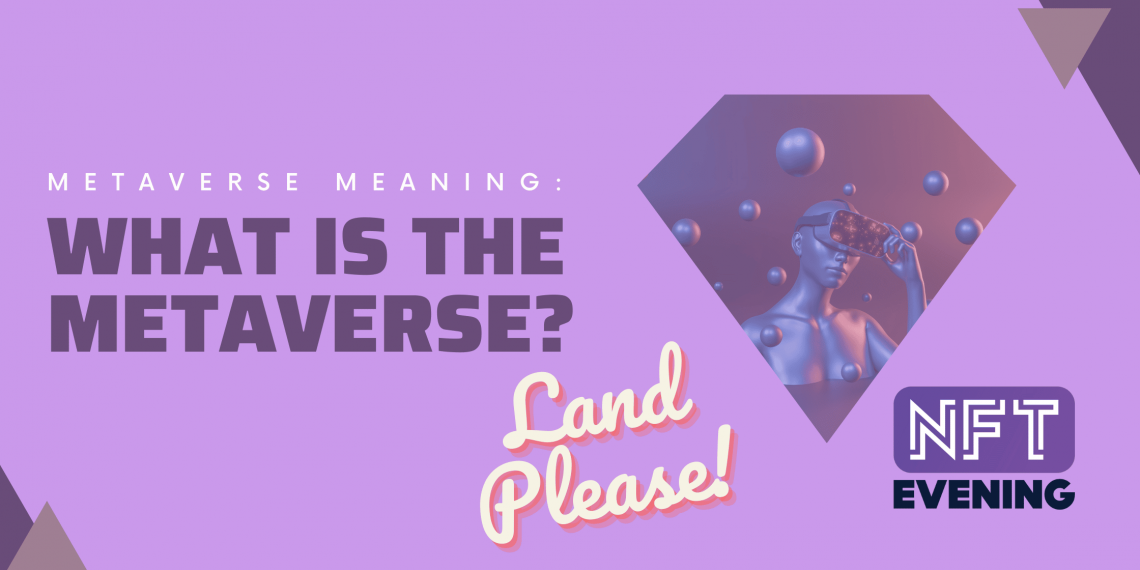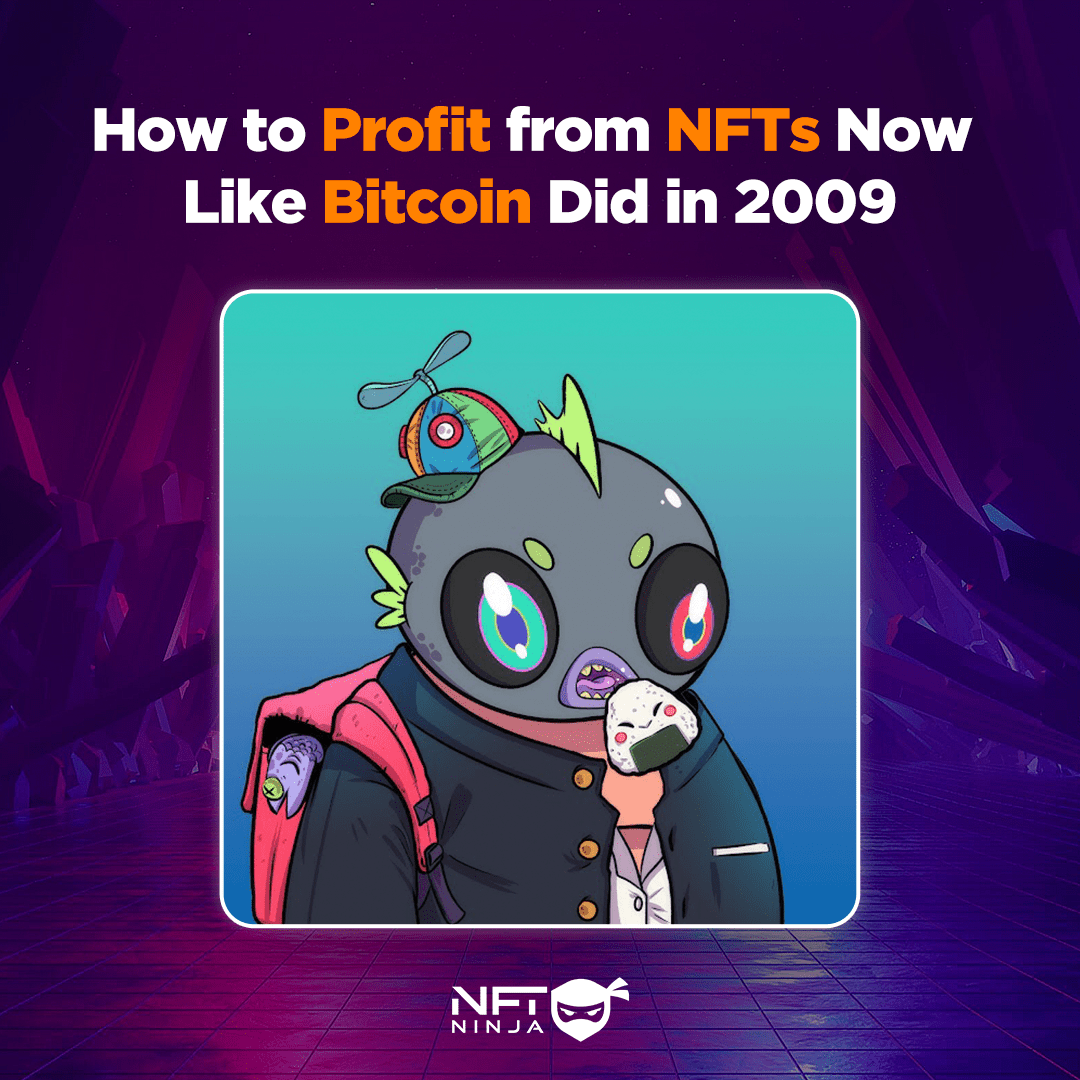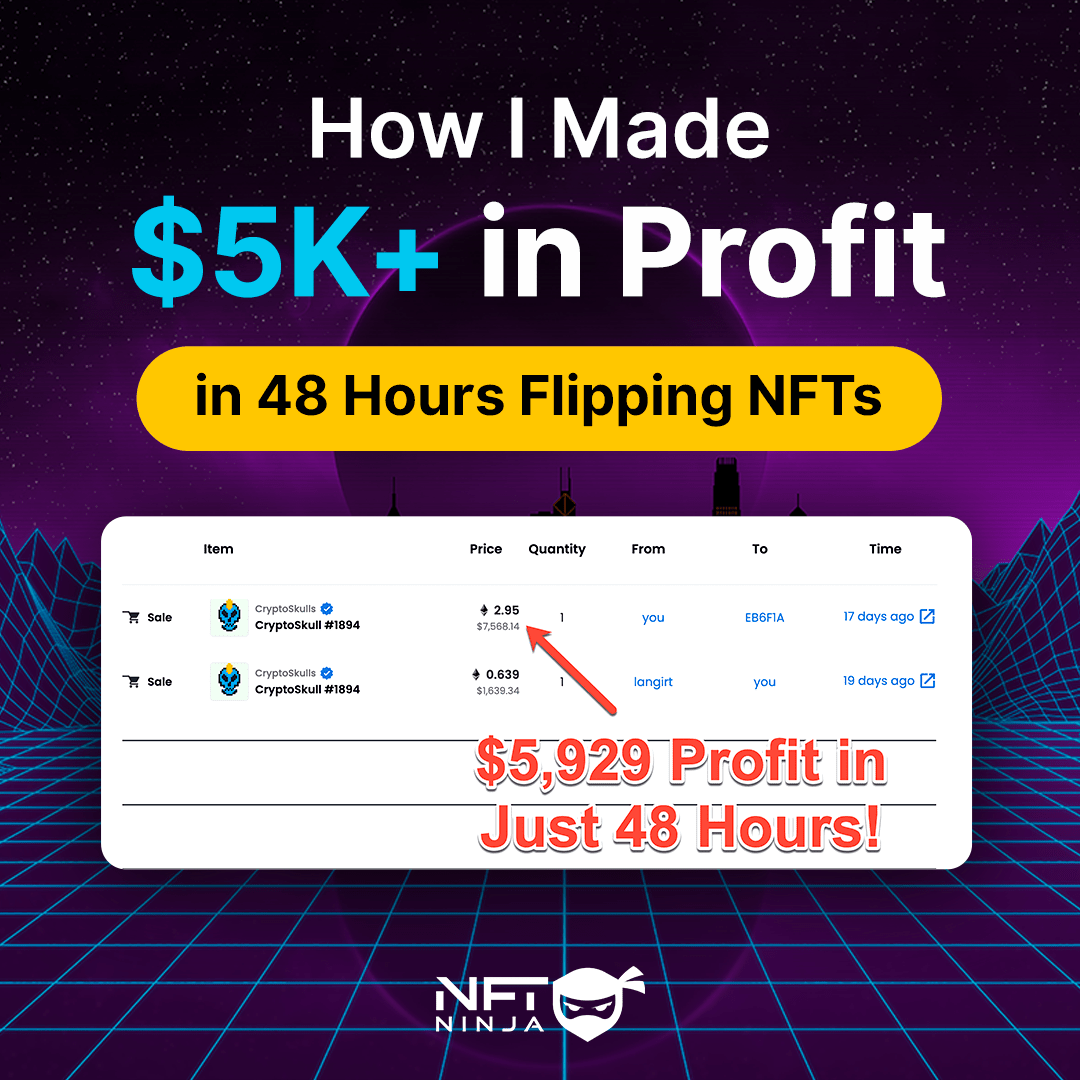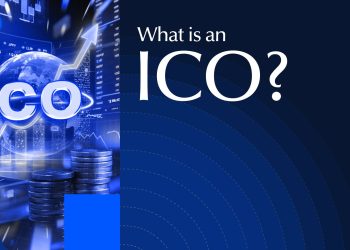It has become nearly impossible to go online without coming across the term “metaverse”. Ever since Facebook announced its decision to rebrand itself as Meta and build a metaverse, the Internet’s been abuzz with chatter around metaverse. But, what is the meaning of metaverse? What is the metaverse? And what does the metaverse mean for our society?
What Does Metaverse Mean?
The Collins English dictionary defines metaverse as “a proposed version of the internet that incorporates three-dimensional virtual environments.” Although metaverse garnered mainstream attention in recent weeks, the concept has existed for a while. Then, who came up with the definition of a metaverse?
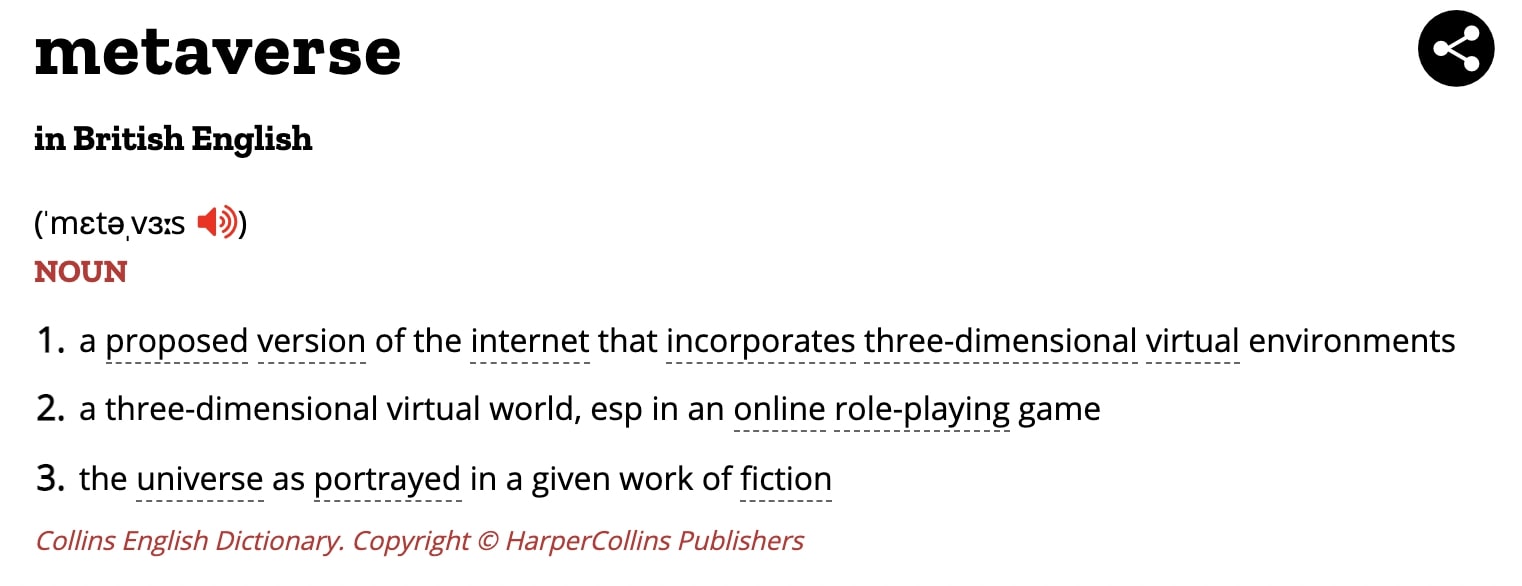
The History Of The Metaverse
Author Neal Stephenson is the first to coin the term “metaverse” in his science fiction novel “Snow Crash” released in 1992. He imagined metaverse as a world where digital avatars of people could interact and connect with each other in 3D environments.
About 30 years later, the universe Stephenson envisioned is becoming a reality, sans its dystopian connotations. Essentially, the metaverse is a virtual world that implements a range of tech, including virtual reality (VR), video, augmented reality (AR), and mixed reality (MR) into our daily lives, eventually merging the physical and digital worlds.
What is The Metaverse Today?
Put simply, metaverse opens up an alternative 3D world where people can roam around as avatars, attend concerts, shop, play games, attend meetings—pretty much everything you’d do in the real world. Thus, it comes as no surprise that many are defining the metaverse as the future of the Internet.
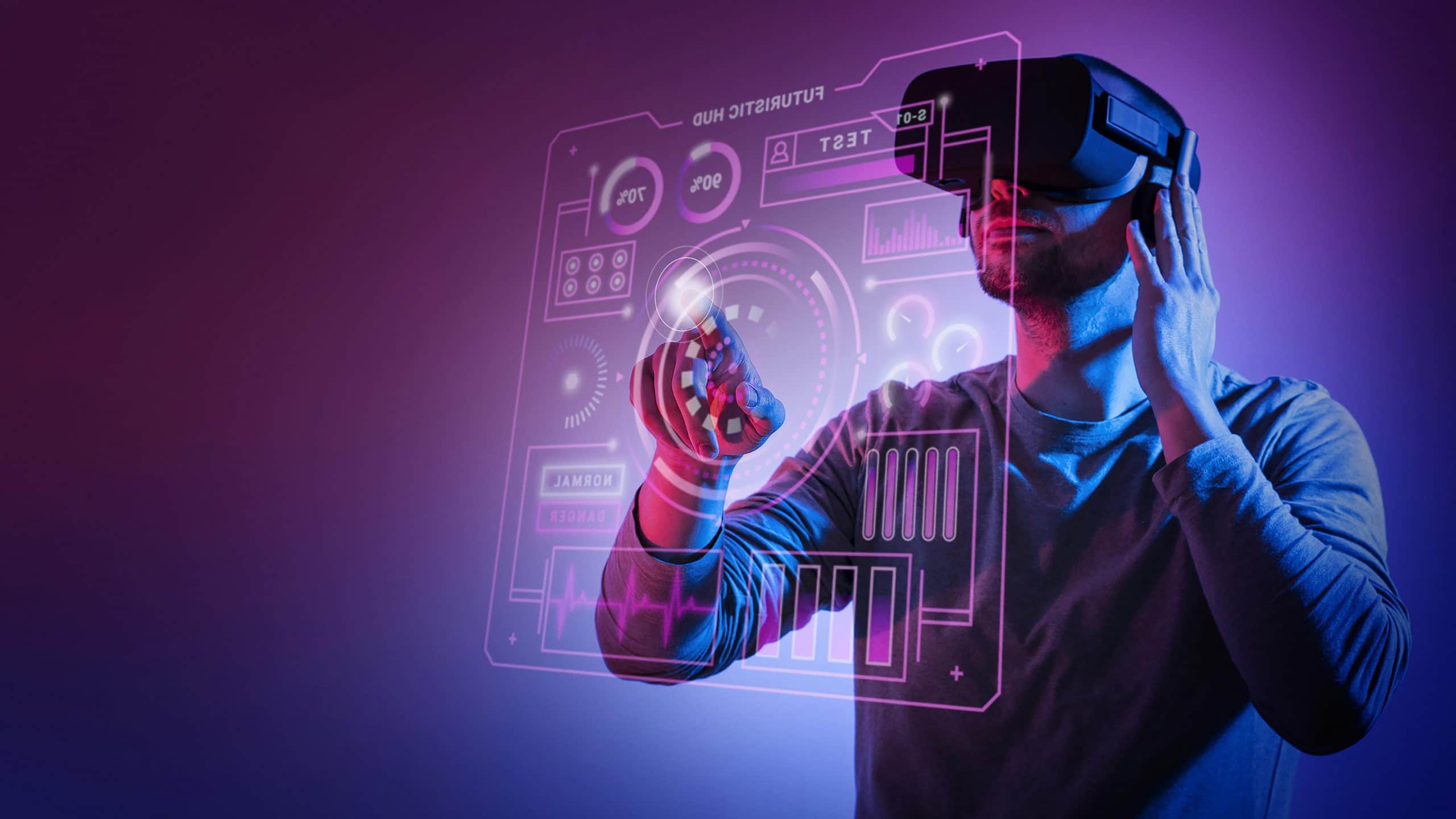
What Is The Facebook Metaverse?
While Meta (formerly Facebook) CEO Mark Zuckerberg predicts it will take around five to ten years for its metaverse to fruition, several metaverses already exist. In fact, some have even existed for years. While the earliest version of metaverse was not backed by blockchain technology, many recent ones are built on various blockchains.
Meta has already invested heavily in virtual reality. While announcing its metaverse move, Zuckerberg stated that he plans on building a virtual space where avatars can connect for work, entertainment, travel, shopping, and more via VR headsets.

Additionally, Zuckerberg confirmed in 2022 that Meta will work with Polygon.
What other Metaverses Are There?
IMVU is a metaverse and 3D avatar-based social networking platform launched in 2004. The platform allows users to create their avatars and offers virtual chat rooms to chat and play with friends from across the globe. Plus, they also launched an ERC20 token, called VCOIN and some NFTs too.

Second Life, launched by Linden Labs in 2003, is another popular OG metaverse. It offers users a 3D virtual world where they can, well, lead a “second life” virtually. People can create avatars, attend concerts, buy land, home decor, in-game wearables, and more. They also have their own in-game currency called the Linden dollar.
Metaverse Games
The gaming company, Epic Games has already established a virtual world in its massively multiplayer online role-playing game (MMORPG), Fortnite. Epic Games CEO, Tim Sweeney, has long been vocal about his plans for building a metaverse. His vision, according to The Washington Post, is to create a “digitized communal space where users can mingle freely with brands and one another in ways that permit self-expression and spark joy.”
In recent years, Fortnite has hosted several virtual music concerts, movie trailers, brand events, and more. In fact, last year, over 12 million people attended the premiere of rapper Travis Scott’s historic virtual concert within the game. After five shows that took people to virtual underwater, space, and a floating amusement park, among others, that figure soared to around 28 million!
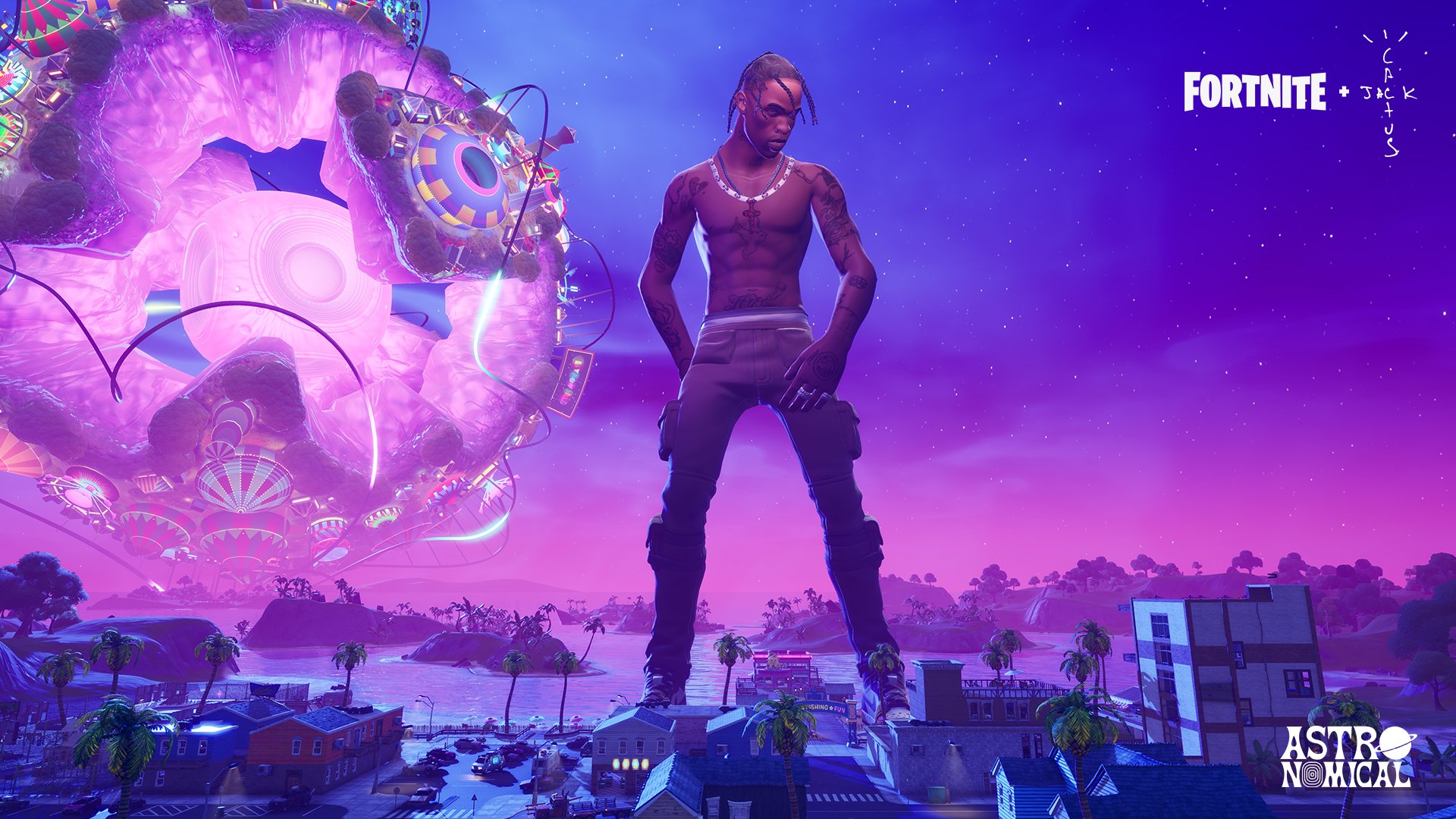
Meanwhile, founded in 2004, Roblox offers a platform where users can play a range of user-generated games. It allows players to build homes, create activities, design products and sell them on marketplaces. It has even partnered with skateboarding shoe company, Vans to develop a “Vans World” within the game. Similarly, in collaboration with Gucci, it launched a limited edition “Gucci Collection” consisting of clothing and accessories.
Blockchain metaverses
The metaverses we discussed earlier, are owned by a centralized entity—say a corporate behemoth. Unlike them, many fully blockchain-based metaverses are “open metaverses”, meaning, a community owns it. Here, all the data and virtual assets are stored via a decentralized, public ledger (or database). This concurs with the metaverse vision of many, who believe that metaverses, like the Internet and Web3, should be open, interconnected, and interoperable.
Let’s take a look at some of the most popular metaverses in this category:
Decentraland
Based on the Ethereum blockchain, Decentraland is a completely decentralized, community-owned, virtual world. It opened to the public early last year and has quickly become one of the most popular metaverses. Here, you can purchase, sell, and collect NFTs, build 3D environments, create avatars, play games, and attend events—the list is endless! To do all these and more, you simply have to open the Decentraland website on a browser, create an avatar, and then explore the metaverse as you please!
Furthermore, the Decentraland metaverse offers two native tokens: MANA and LAND. The former is an ERC-20 token using which you can purchase various assets, including accessories and collectibles, on the metaverse. MANA holders also get the power to vote on significant governance decisions.
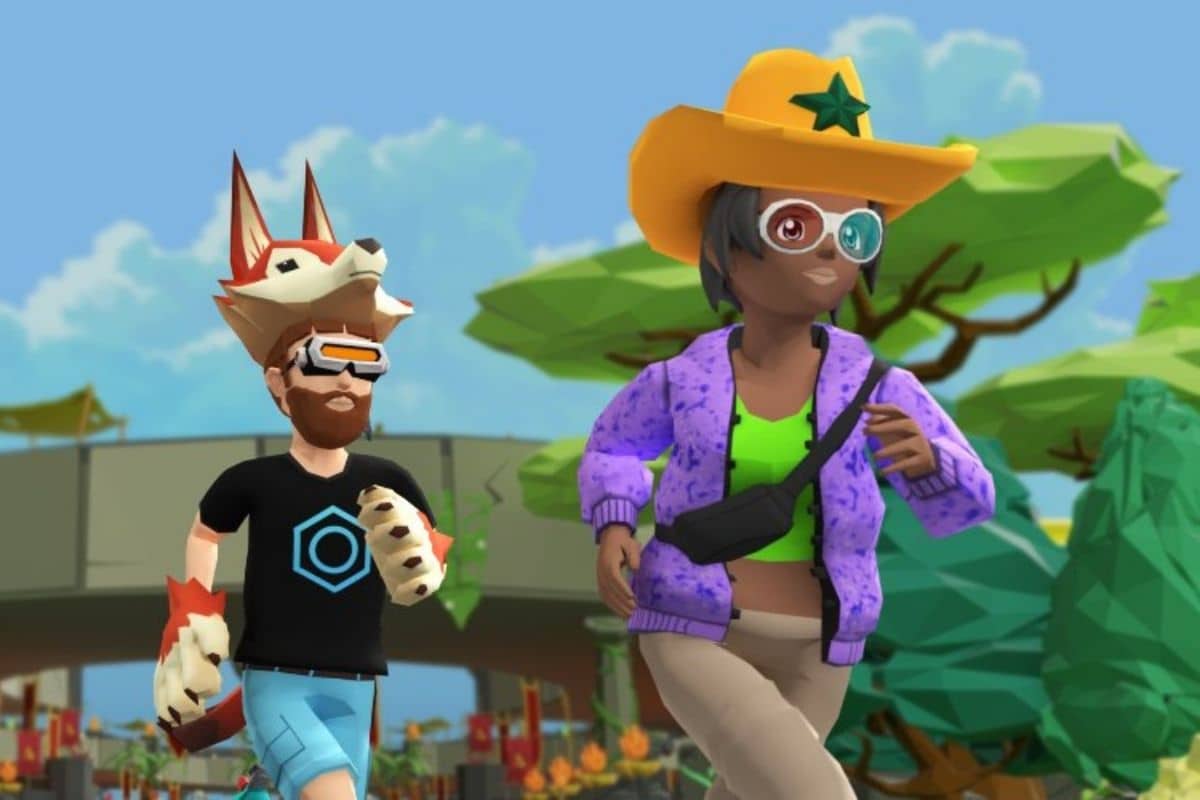
LAND, on the other hand, is a non-fungible, limited digital asset identified by its location on Decentraland. The Decentraland metaverse is made up of 90,601 parcels of LAND and each parcel is an NFT. You can buy LAND to host a range of applications including games, galleries, and advertising, among others. If you don’t want to build your own applications, you can even sell or rent your parcels to developers for a hefty sum!
Somnium Space
Founded in 2017, Ethereum-based Somnium Space is an open, virtual reality world where you can buy land, buildings, and other assets. While it started as a fully centralized platform, it began tokenizing its land parcels in 2019 to make the ownership decentralized. Currently, the developers are actively building partnerships to create a fully decentralized metaverse.
As with Decentraland, you can build various assets and experiences and monetize them on this metaverse. While it is available in both 2D and VR, it facilitates one of the best VR metaverse experiences. Furthermore, it offers four main products. While UnitySDK is used to create and customize avatars and properties, a builder module allows you to build environments. Next on the list is an NFT marketplace where you can buy and sell all in-game assets. Lastly, the metaverse offers several virtual reality experiences.
When it comes to tokenomics, Somnium Space offers three tokens: CUBE, PARCEL, and AVATAR. While Somnium Cube (CUBE) is an ERC-20 token that serves as the metaverse’s utility token, land PARCELs are virtual estates to build various experiences. AVATARs, on the other hand, are full-body VR avatars that you can mint and sell to other players.
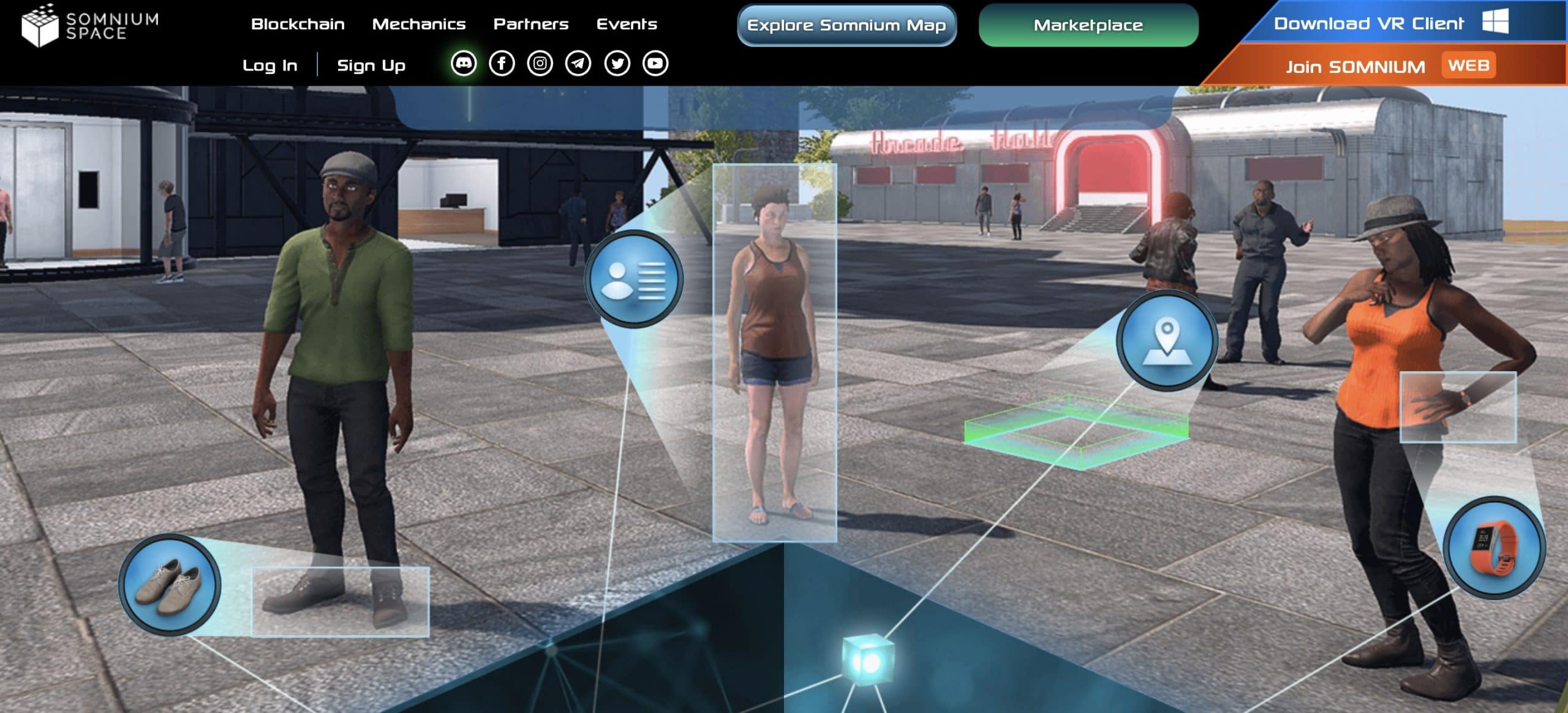
The Sandbox
The Sandbox is another popular open metaverse that allows you to create, buy, and sell various digital assets and gaming experiences on the blockchain. It primarily offers three integrated products:
- VoxEdit: It is a software that allows you to create and animate voxel NFTs, such as avatars. You can also export these 3D ASSETS and sell them on The Sandbox marketplace.
- Sandbox Marketplace: This is where you buy and sell ASSETS.
- Sandbox Game Maker: It is a toolbox using which you can create and play 3D games for free.
Furthermore, The Sandbox’s economy involves three different tokens. The first, SAND, is an ERC-20 token like MANA and is used for all the transactions within the virtual world. Next on the list is LAND, which is virtual real estate that you can buy to create various digital experiences. Lastly, ASSETS are tokens created by the players that can be traded on the marketplace.
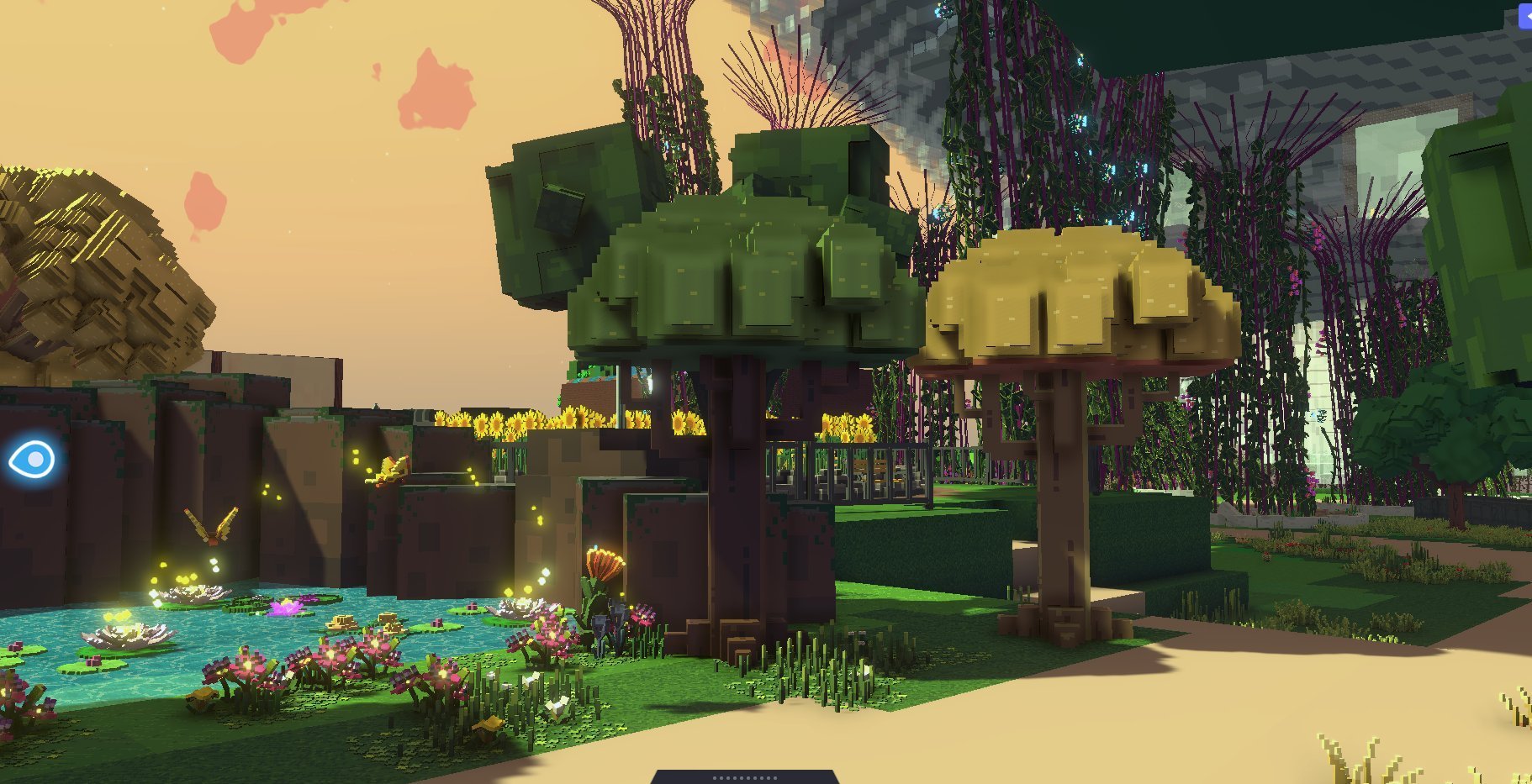
How To Invest In The Metaverse
As we have seen with Fortnite and Second Life, metaverses don’t need a blockchain to exist. However, blockchain-linked metaverses can offer users a slew of benefits, especially in the form of digital assets. With the advent of NFTs, especially in gaming, it has become almost impossible to imagine a metaverse without NFTs. As NFTs are essentially digital certificates of ownership, these can be widely used in the metaverse as an ownership certificate for a range of goods and services.
Metaverse Land
The most common use-case of NFTs is the metaverse entry itself. To illustrate, NFTs from various PFP projects can be used as characters/avatars in the metaverse. This is already happening in P2E PvP games like Galaxy Fight Club, where holders of Cyberkongz, Iluvium, Animetas, and more can use the characters to fight in the game.
Besides, another important use of NFTs is as virtual real estate in the metaverse. Just like in the real world, NFTs allow people to own, sell, and rent real estate virtually. They can also build various environments and experiences, as we have seen in Decentraland and The Sandbox. NFTs also function as a “key” that not only allows the owner entry into a location but also grants the ability to concede entry to others.
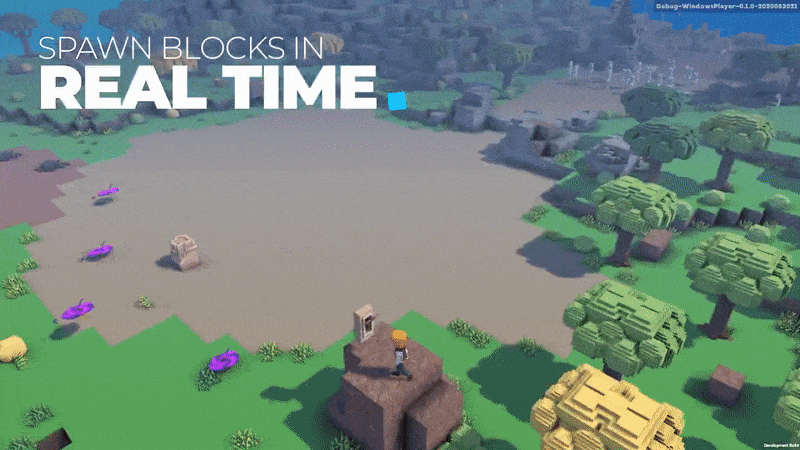
Metaverse NFTs
Remarkably, NFTs are not limited to metaverse avatars or virtual land. They can represent a range of items including vehicles in racing games like REVV Racing . Plus, they can also act as weapons in games like; Age of Rust and The Six Dragons. In fact, NFTs can also be wearables, otherwise known as digital fashion for your avatar.
Digital sneaker powerhouse RTFKT offers digital sneakers for metaverse avatars and even partnered with video game legend, Atari to release exclusive NFT sneakers. What’s more, even Italian luxury fashion label Dolce & Gabbana (D&G) released custom-designed metaverse wearables with its first NFT collection!

Tickets and POAPs
Alternatively, NFTs can also be used as tickets for various online and offline events, including music concerts and brand events. The holders of BAYC NFTs, for example, had exclusive access to the collection’s recently held Ape Fest. Speaking of events, festivals, conferences, and summits, among others, can also issue NFT attendance badges, called POAPs. These are NFTs event holders freely give to attendees to prove that they attended a particular event.
Other Tokens In The Metaverse
Utility tokens function as digital or in-game currency. This is another important advantage boasted by blockchain metaverse projects. From Decentraland (MANA) to The Sandbox (SAND) and Somnium Space (CUBE), most metaverses have their own digital currencies. Players use these to buy NFTs and other assets within the metaverse. In fact, post Facebook’s metaverse move, the value of many metaverse tokens skyrocketed.
Additionally, some of these coins function as governance tokens. In short, the token holders get to vote on crucial metaverse changes. Governance tokens are especially imperative for a decentralized metaverse as they give power to the community. Meaning, the metaverse is also a place of democracy!
To conclude, metaverses have limitless possibilities. Even the meaning of a metaverse could change as it develops and becomes more mainstream. Nonetheless, we are looking at an exciting future. Perhaps, metaverse will transform the way we live, work, and socialize.
All investment/financial opinions expressed by NFTevening.com are not recommendations.
This article is educational material.
As always, make your own research prior to making any kind of investment.


